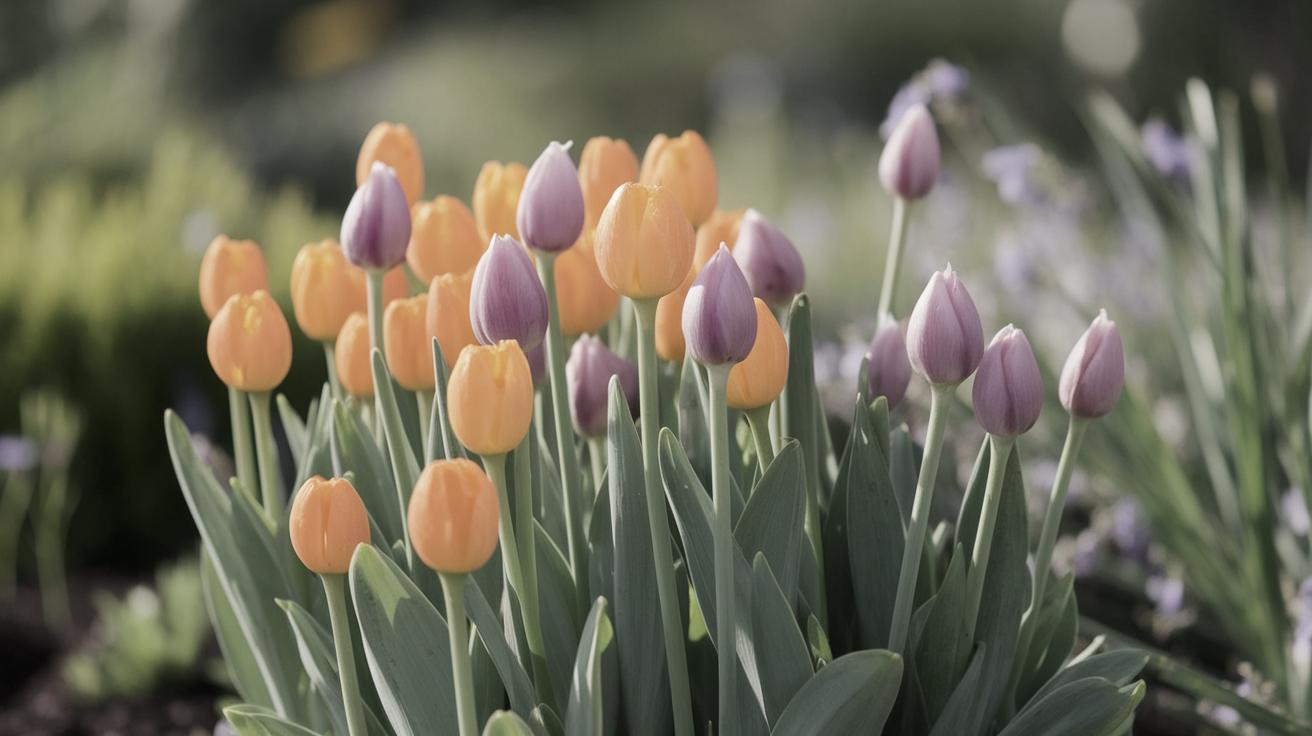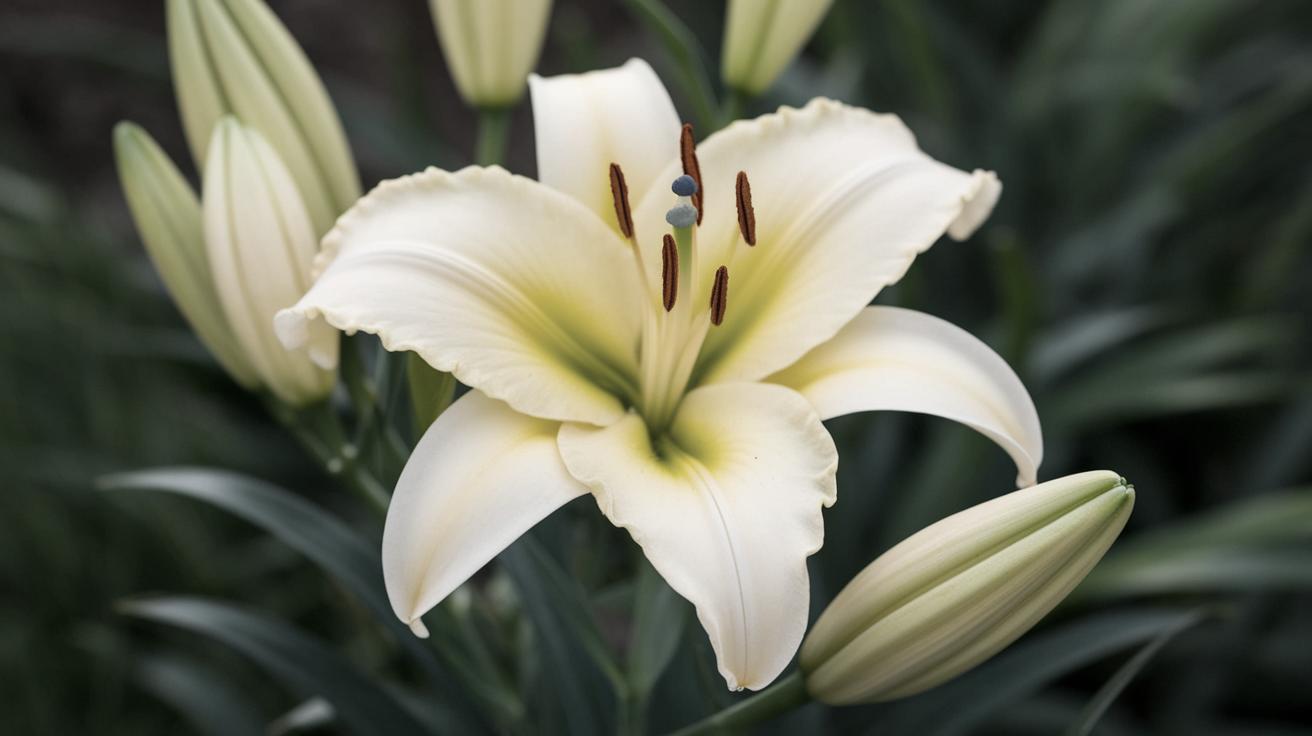When to Plant Summer Bulbs
Gardening enthusiasts often find joy in the anticipation of vibrant blooms that come from properly planted bulbs. Knowing when to plant summer bulbs is crucial for achieving optimal growth and a stunning display of flowers. In this blog post, we’ll delve into key tips for planting bulbs and explore the intricacies of timing, types, and planting techniques. Whether you’re interested in layering your bulbs for extended blooms, or you need guidance on post-bloom care, this comprehensive guide offers insights into every stage of the bulb-life cycle. From understanding the specifics of ‘lasagna planting’ to caring for spring-flowering bulbs post-fade, embark on this horticultural journey to create the blooming paradise of your dreams.
Key Tips for Planting Bulbs
Successful bulb planting begins with selecting bulbs that are healthy and suited for your climate. Inspect bulbs for any signs of mold, wilting, or damage, as these can hinder growth. A well-chosen bulb has a firm texture and lacks blemishes.
Ensuring the right planting depth is also critical. As a rule of thumb, plant bulbs at a depth about three times their height, which helps them anchor firmly and protects them from temperature fluctuations and animal interference. Consider soil drainage; if the soil retains too much moisture, it can lead to bulb rot.
Choose a sunny location for your bulbs as most bloom best with full sun exposure. If planting in colder climates, consider adding mulch or organic matter to insulate and protect the bulbs through harsh conditions. Proper care and consideration lead to a thriving garden filled with colorful blooms.
When to Plant Bulbs
Spring-Blooming Bulbs
Spring-blooming bulbs, such as tulips and daffodils, should be planted in the fall before the ground freezes. This timing allows them to undergo the chilling period necessary for spring blooms. Aim to plant them in the months of September to November.
The fall plantings encourage the growth of root systems prior to the ground freezing, which supports lush blooms once spring arrives. With strategic fall planting, you set a strong foundation for a vibrant burst of color when the warmer temperatures awaken the garden from winter slumber.
Summer-Blooming Bulbs
Summer-blooming bulbs such as lilies and dahlias are best planted in the spring after the last frost date. This allows them to settle into warming soils, ready to thrive in the radiant summer sun. Usually, bulbs like to be put into the ground from late March through May, depending on your climate zone.
Catch the ideal planting window by keeping an eye on local weather patterns. A well-timed planting ensures summer bulbs have the necessary conditions to establish robust root systems and ultimately produce rich, vibrant flowers.
Fall-Blooming Bulbs
Plant fall-blooming bulbs like colchicums and autumn crocus in late summer. These varieties are unique in that they develop floral displays as leaves fall. By planting in August or early September, you pave the way for their short but striking bloom season during the fall.
Taking note of soil temperature and moisture levels can further optimize the establishment of fall bloomers. The groundwork laid during late summer months will reward you with unexpected bursts of color amidst autumn’s typically muted palette.
Types of Bulbs
Spring-Blooming Bulbs
Spring-blooming bulbs include iconic flowers such as tulips, daffodils, and crocuses. These bulbs define the spirit of spring with their exuberant colors and are a garden classic. With varieties suited to every landscape, they introduce dynamic textures and forms to your garden.
Inspired by their resilience to early spring weather, these bulbs often require little maintenance once established. Their ability to naturalize easily makes them a favorite for planting in large swathes, creating an enchanting and pastel springtime tapestry.
Summer-Blooming Bulbs
Lilies, dahlias, and gladiolus fall within the summer-blooming category, prized for their bold colors and breathtaking presence in gardens. Summer bulbs are ideal for adding height and drama, offering a diverse range of colors and bloom forms.
Requiring more warmth post-planting, these bulbs flourish as the sun beams fiercely. Regular watering is crucial, but proper drainage must also be ensured to prevent root rot. Summer-blooming bulbs turn garden landscapes into vibrant and lively scenes, captivating every eye.
Fall-Blooming Bulbs
Fall-blooming bulbs are lesser-known but no less spectacular. Colchicums and autumn crocus stand out as notable varieties that herald the transition into the cooler months. These bulbs are treasured for their unique ability to deliver blooms when other plants fade.
While they may not have the lasting displays of spring and summer bulbs, their unexpected presence in a fading garden adds an element of surprise and beauty to the landscape. Plant these bulbs, and you’re rewarded with a late-season flourish.
How to Plant Bulbs
Planting bulbs may appear straightforward, but a few key steps ensure you maximize flowering potential. Begin by preparing the soil with organic matter, balancing nutrients and improving drainage.
Once soil preparation is complete, place your bulb at the right depth and orientation. Keep in mind that the pointed end should face upward. Cover the bulb gently but firmly with soil, removing air pockets by lightly pressing the soil down.
Tip
For optimal arrangement, group bulbs in clusters rather than in rows, creating a more naturalistic effect in your garden. Labeling your plantings helps keep track of different varieties, ensuring future garden planning is stress-free and efficient.
All About “Lasagna Planting” Bulbs
“Lasagna planting” involves layering bulbs in a container, allowing multiple blooms throughout the season. This method capitalizes on the various bloom times of each bulb type, ensuring continuous color.
Layer larger bulbs that need more depth at the bottom, such as tulips, followed by medium bulbs like daffodils, and top with smaller bulbs that require less depth, like crocuses. This layered technique maximizes space and yield without needing expansive garden beds.
An innovative approach, “lasagna planting” requires astute planning but rewards with a cascade of blooms. It is an excellent technique for those limited in space but eager for a continuous display of flowers.
Planting Summer Blooming Bulbs
Summer-blooming bulbs thrive in warmer conditions, needing proper preparation for them to flourish. This includes ensuring the soil maintains consistent moisture without becoming waterlogged.
Ideal conditions arise after the last frost when the soil is workable and warm. Plant bulbs at the depth recommended for each type, spacing them adequately to allow for air circulation and growth. Follow this with a layer of mulch to retain moisture and protect bulbs from temperature extremes.
With proper care, summer bulbs develop robust root systems that sustain exquisite blooms during their warm season display. Interplanting with perennials extends garden interest and ensures a diverse range of textures and colors.
Care of Spring-Flowering Bulbs After They Have Faded
After spring bulbs have bloomed and faded, proper care ensures their longevity and readiness for subsequent seasons. Focus on maintaining leaf growth since this phase stores energy for future blooms.
Resist the temptation to cut back foliage too soon. Allow leaves to yellow and wither naturally, as they continue to photosynthesize and store nutrients in the bulb. Once foliage is spent, they can be trimmed back.
Applying fertilizers rich in phosphorus post-bloom can enhance the bulb’s preparations for the next flowering season. Ensuring consistent care yields reliable blossoms year after year, enriching your garden with perennial beauty.
How to Dig Up Bulbs
Periodically, lifting and storing bulbs may be necessary, especially if they are not winter hardy in your region. Bulbs are best dug up once foliage has died back noticeably, typically in late summer or fall before ground freezing.
Carefully extract bulbs with a garden fork, being cautious not to damage them. Clean off soil gently and let bulbs dry in a cool, shaded area. Once dry, store them in a dry, cool place, ensuring they remain well-marked for future planting.
Managed storage is vital, particularly for tender bulbs like dahlias and gladiolus, allowing them to sleep through the winter until they can once again grace the soil with their presence and bloom.
Click here to download a
printable PDF.
Lessons Learned
| Bulb Type | Planting Season | Bloom Time | Care Tips |
|---|---|---|---|
| Spring-Blooming Bulbs | Fall | Spring | Plant before frost; do not trim foliage until it yellows. |
| Summer-Blooming Bulbs | Spring | Summer | Ensure soil warmth; mulch to retain soil moisture. |
| Fall-Blooming Bulbs | Late Summer | Fall | Unique late-season interest; ensure late-summer planting. |


